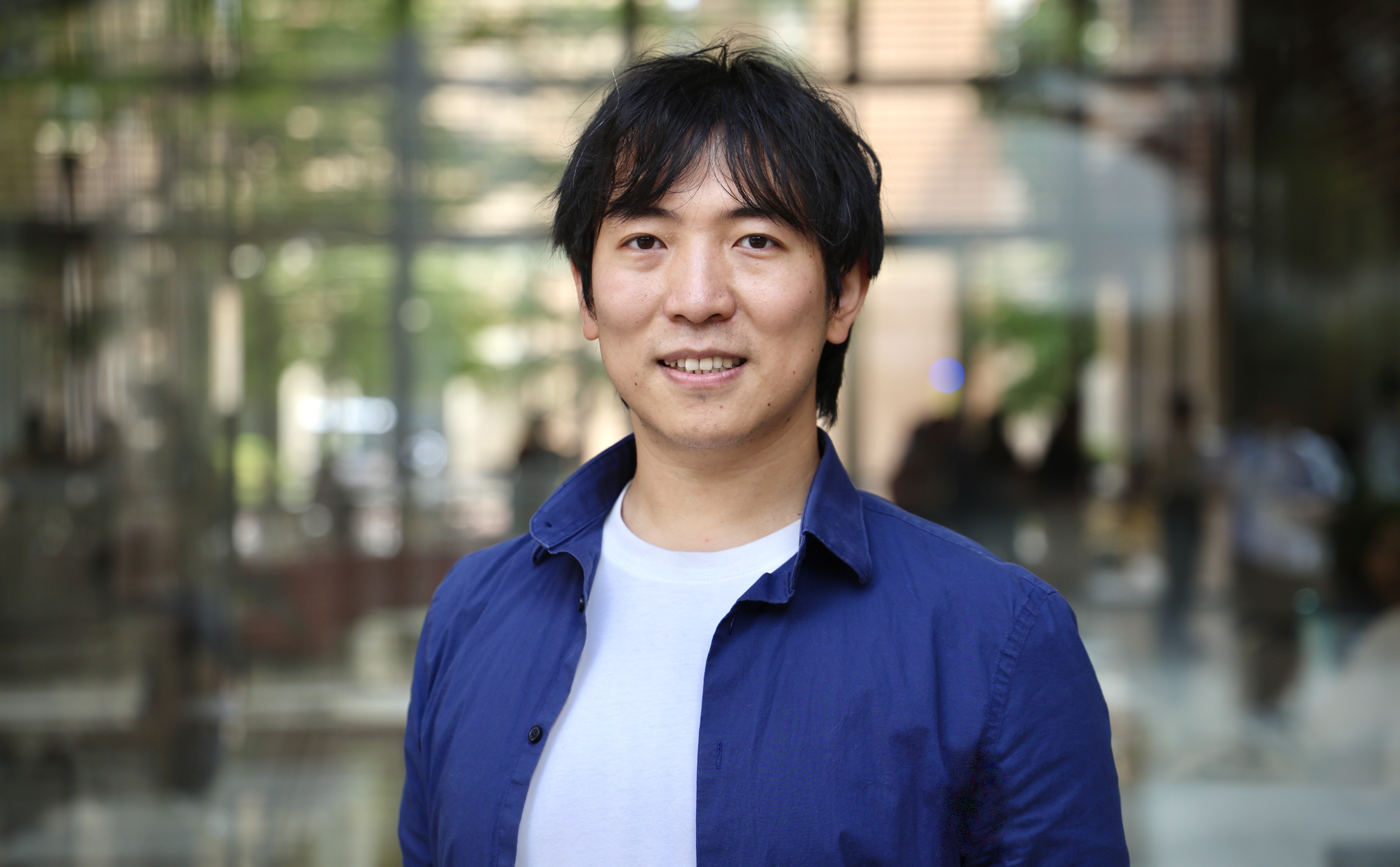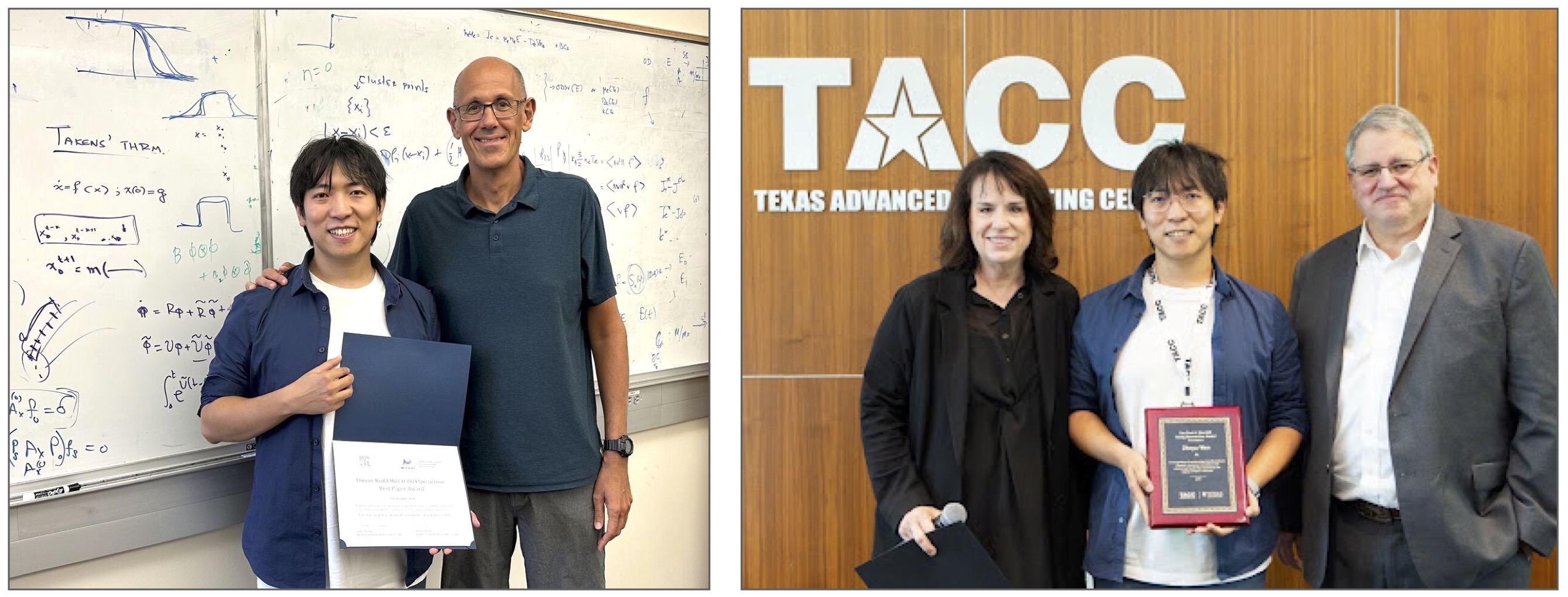What if we could detect neurodegenerative diseases before symptoms ever appear? Conditions such as Alzheimer’s can quietly take root long before a diagnosis is made, gradually transforming daily life into unfamiliar and often frightening territory for patients and their loved ones. But researchers are working to change that, and graduate student Zheyu Wen is at the forefront, using technology and computational mechanics to drive new developments.
Wen is a Ph.D. student in the Computational Science, Engineering, and Mathematics (CSEM) Program at the Oden Institute for Computational Engineering and Sciences where he is a member of the Parallel Algorithms for Data Analysis and Simulation Group (PADAS). His research combines engineering and medicine to develop computational models that analyze how the brain changes over time.
Originally from China, Wen earned his bachelor’s degree in Communication Engineering from the University of Electronic Science and Technology of China (UESTC), before moving on to complete his master’s degree in Electrical and Computer Engineering from the University of Michigan, Ann Arbor.
“I don't have a personal connection to Alzheimer’s,“ he explained, “but I started doing brain-related research during my master’s degree, focusing on magnetic resonance imaging (MRI) reconstruction from subsampled data. That was my first exposure to this field.”

